
Oberlin College is a private liberal arts college and conservatory of music in Oberlin, Ohio. Founded in 1833, it is the oldest coeducational liberal arts college in the United States and the second-oldest continuously operating coeducational institute of higher learning in the world. The Oberlin Conservatory of Music is the oldest continuously operating conservatory in the United States. In 1835, Oberlin became one of the first colleges in the United States to admit African Americans, and in 1837, the first to admit women. It has been known since its founding for progressive student activism.

A melody, also tune, voice or line, is a linear succession of musical tones that the listener perceives as a single entity. In its most literal sense, a melody is a combination of pitch and rhythm, while more figuratively, the term can include other musical elements such as tonal color. It is the foreground to the background accompaniment. A line or part need not be a foreground melody.
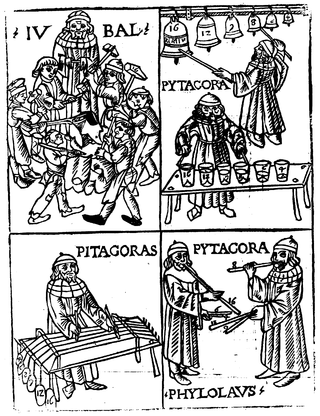
Music theory is the study of the practices and possibilities of music. The Oxford Companion to Music describes three interrelated uses of the term "music theory": The first is the "rudiments", that are needed to understand music notation ; the second is learning scholars' views on music from antiquity to the present; the third is a sub-topic of musicology that "seeks to define processes and general principles in music". The musicological approach to theory differs from music analysis "in that it takes as its starting-point not the individual work or performance but the fundamental materials from which it is built."
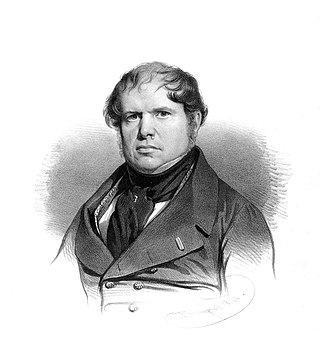
François-Joseph Fétis was a Belgian musicologist, critic, teacher and composer. He was among the most influential music intellectuals in continental Europe. His enormous compilation of biographical data in the Biographie universelle des musiciens remains an important source of information today.
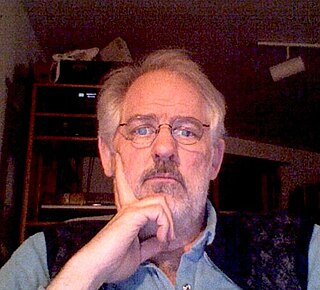
Kyle Eugene Gann is an American composer, professor of music, critic, analyst, and musicologist who has worked primarily in the New York City area. As a music critic for The Village Voice and other publications, he has supported progressive music, including such "downtown" movements as postminimalism and totalism.
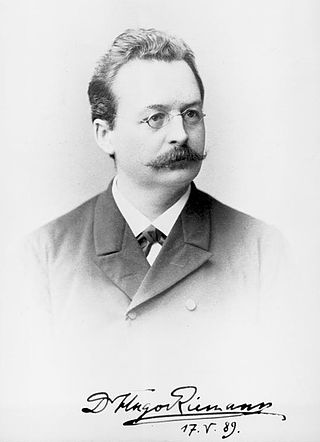
Karl Wilhelm Julius Hugo Riemann was a German musicologist and composer who was among the founders of modern musicology. The leading European music scholar of his time, he was active and influential as both a music theorist and music historian. Many of his contributions are now termed as Riemannian theory, a variety of related ideas on many aspects of music theory.

George Whitefield Chadwick was an American composer. Along with John Knowles Paine, Horatio Parker, Amy Beach, Arthur Foote, and Edward MacDowell, he was a representative composer of what is called the Second New England School of American composers of the late 19th century—the generation before Charles Ives. Chadwick's works are influenced by the Realist movement in the arts, characterized by a down-to-earth depiction of people's lives.
Richard Miller was a professor of singing at Oberlin College Conservatory of Music and the author of numerous books on singing technique and vocal pedagogy. He also sang recitals, oratorios, and numerous roles as a lyric tenor with major opera companies in Europe and America.

Jonathan Donald Kramer was an American composer and music theorist.
Carl E. Schachter is an American music theorist noted for his expertise in Schenkerian analysis.

The Oberlin Conservatory of Music is a private music conservatory of Oberlin College, a private liberal arts college in Oberlin, Ohio. It was founded in 1865 and is the second oldest conservatory and oldest continually operating conservatory in the United States. It is one of the few American conservatories to be completely attached to a liberal arts college, allowing students the opportunity to pursue degrees in both music and a traditional liberal arts subject via a five-year double-degree program. Like the rest of Oberlin College, the student body of the conservatory is almost exclusively undergraduate.
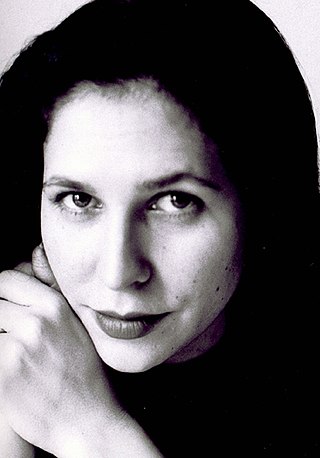
Arlene Sierra is an American composer of contemporary classical music, working in London, United Kingdom.
Randolph 'Randy' Coleman is an American composer and educator. He was the first chairman of the national council of the American Society of University Composers, now called The Society of Composers, Inc.
Dalcroze eurhythmics, also known as the Dalcroze method or simply eurhythmics, is one of several developmental approaches including the Kodály method, Orff Schulwerk and Suzuki Method used to teach music to students. Eurhythmics was developed in the early 20th century by Swiss musician and educator Émile Jaques-Dalcroze. Dalcroze eurhythmics teaches concepts of rhythm, structure, and musical expression using movement, and is the concept for which Dalcroze is best known. It focuses on allowing the student to gain physical awareness and experience of music through training that takes place through all of the senses, particularly kinesthetic.
Jason Eckardt is an American composer. He began his musical life playing guitar in heavy metal and jazz bands and abruptly moved to composing after discovering the music of Anton Webern.
Miguel Ángel Roig-Francolí is a Spanish/American composer, music theorist, and pedagogue. His 1980 Cinco piezas para orquesta, commissioned by Radio Nacional de España and written in a postmodern, neotonal style, won first prize in the National Composition Competition of the Spanish Jeunesses Musicales in 1981 and second prize at the UNESCO International Rostrum of Composers in 1982, and continues to be widely performed in Spain. His later compositions often have spiritual themes and are based on sacred texts and the melodies of Gregorian chant. In 2016 he won the American Prize in Composition for Perseus, for symphonic band. An expert on Renaissance composers Tomás de Santa María, Antonio de Cabezón, and Tomás Luis de Victoria, he has published numerous scholarly articles and monographs and two textbooks. Roig-Francolí is a Distinguished Teaching Professor of Music Theory and Composition at the University of Cincinnati – College-Conservatory of Music.

Marcus Nicolay Paus is a Norwegian composer and one of the most performed contemporary Scandinavian composers. As a classical contemporary composer he is noted as a representative of a reorientation toward tradition, tonality and melody, and his works have been lauded by critics in Norway and abroad. His work includes chamber music, choral works, solo works, concerts, orchestral works, operas, symphonies and church music, as well as works for theatre, film and television. Paus is regarded as "one of the most celebrated classical composers of Norway" and "the leading Norwegian composer of his generation."
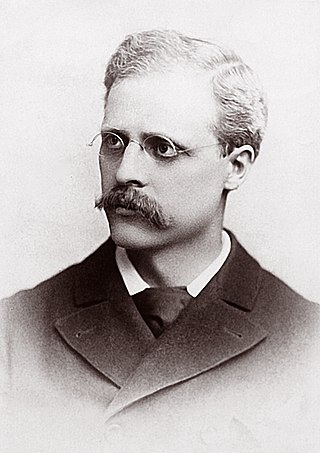
Calvin Brainerd Cady was an American musician, music teacher, leading educational philosopher and writer of the progressive era of education in his subject area.
Susan Jane Colley is an American mathematician. She is Andrew and Pauline Delaney Professor of Mathematics at Oberlin College, and a former editor-in-chief of the American Mathematical Monthly. Her mathematical research specialty is enumerative geometry.
Daniel Troen Moe was an American choral conductor, composer, and pedagogue. He was director of choral organizations for the University of Iowa, professor of choral conducting at Oberlin College Conservatory of Music, and founding music director of Key Chorale in Sarasota, Florida. He was a published composer and author. He was once hailed by The New Yorker music critic Andrew Porter as "that dean of choral conductors."











